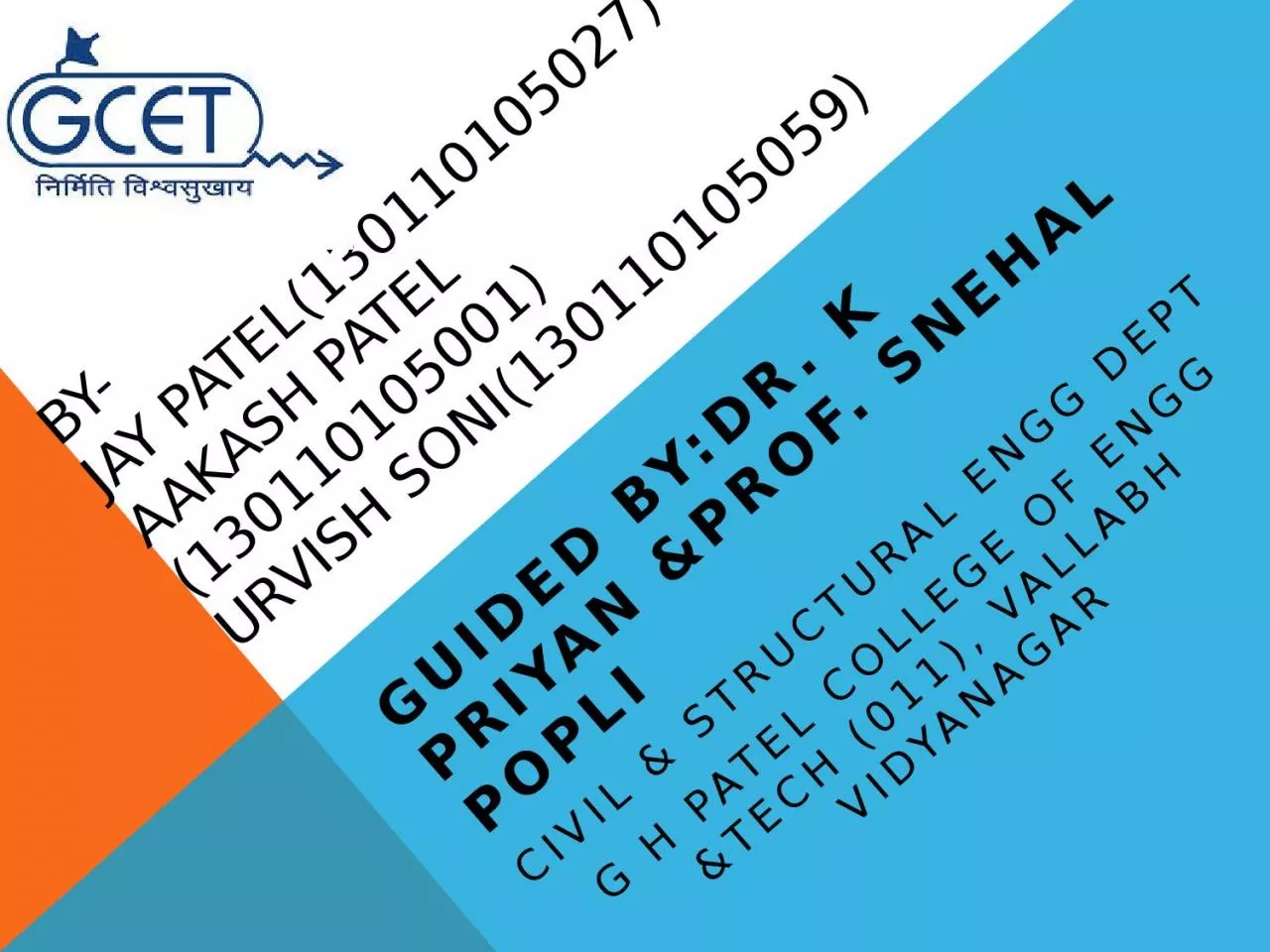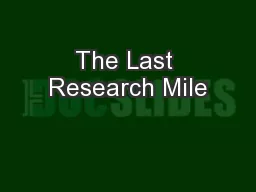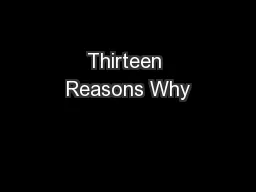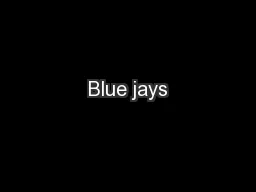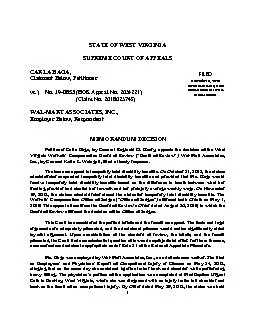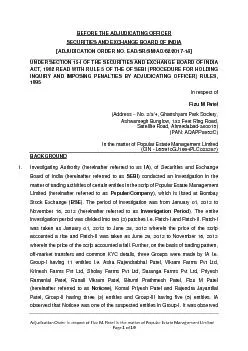PPT-By- jay patel (130110105027)
Author : dandy | Published Date : 2023-10-26
aakash patel 130110105001 urvish soni 130110105059 guided bydr k priyan ampProf Snehal Popli CIVIL amp STRUCTURAL ENGG DEPT G H PATEL COLLEGE OF ENGG ampTECH
Presentation Embed Code
Download Presentation
Download Presentation The PPT/PDF document "By- jay patel (130110105027)" is the property of its rightful owner. Permission is granted to download and print the materials on this website for personal, non-commercial use only, and to display it on your personal computer provided you do not modify the materials and that you retain all copyright notices contained in the materials. By downloading content from our website, you accept the terms of this agreement.
By- jay patel (130110105027): Transcript
Download Rules Of Document
"By- jay patel (130110105027)"The content belongs to its owner. You may download and print it for personal use, without modification, and keep all copyright notices. By downloading, you agree to these terms.
Related Documents

